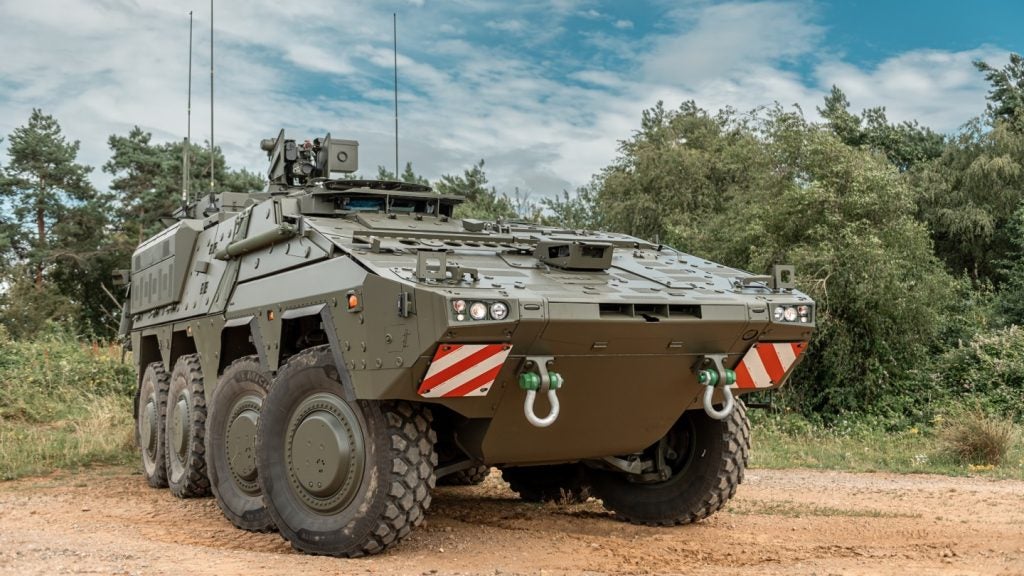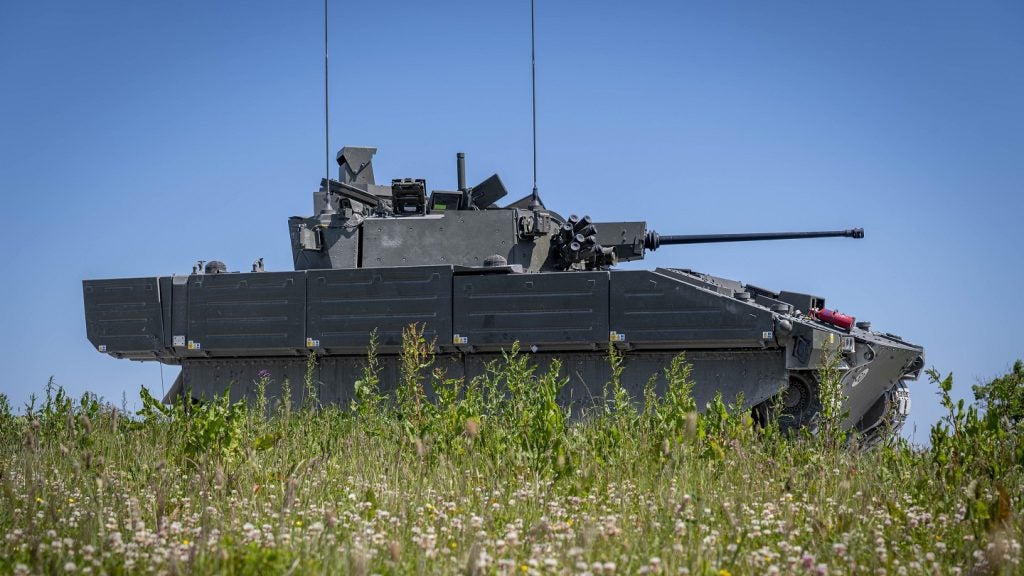As global concerns around energy usage and environmental sustainability continue to reshape technological development across multiple industries, defense has seen growing investment in a range of solutions and capabilities linked to the wider vehicular electrification trend.
As modernization pressures drive rising levels of digitization on the battlefield, energy requirements have challenged military strategists and the defense industry. Capabilities such as unmanned platforms, digital command-and-control networks, direct energy weapons, electronic warfare systems and countless other technologies are more frequently being deployed and employed in challenging or remote environments, increasing the operational logistics burden of delivering energy to increasingly dispersed assets.
Vulnerability of energy supply chains
As demonstrated in the numerous low intensity conflicts throughout the War on Terror, energy supply chains are a critical vulnerability for expeditionary forces, as attacks targeting fuel convoys created operational bottlenecks forcing commanders to increasingly divert assets away from other missions to sustain the flow of energy supplies.
The conflict in Ukraine has only further accentuated this risk, with the greater transparency of the battlefield enabled by the proliferation of commercial-off-the-shelf drone technology rendering energy supplies a uniquely vulnerable target. As procurement officials and strategists seek to address this challenge, one technology with the potential to shift the paradigm is OBVP.
OBVP technology centers around the concept of leveraging vehicular power generation capabilities to provide an alternate source of AC power for assets on the battlefield. This is most commonly achieved by adapting an existing vehicle platform to incorporate electrical energy storage and distribution capabilities, either through the addition of a trailer-towed module or leveraging the energy capacity of electrified propulsion systems – such as hybrid-electric or fully electric drivetrains.
See Also:
US military were early to the party
The US military was the first to explore this concept in the early 2000s, having researched the potential benefits of installing power conversion units in its fleet of High Mobility Multipurpose Wheeled Vehicles (HMMWV), though limitations in the platform’s vehicle electronics (vetronics) design would require the retrofitting of new alternators and cooling solutions, ultimately undermining the concept’s viability.
However, the growth of the civilian electric vehicle (EV) market has driven the innovation of numerous dual-use technologies including battery systems and power-control units (PCU) which has subsequently revitalized interest in OBVP technology. Furthermore, other factors including emissions reduction initiatives and rising concerns over volatility in global energy markets are underpinning an industry-wide push towards platform electrification, which further increases the strategic viability of fielding OBVP systems at scale.
OBVP solutions and rechargeable energy sources
For its part, the defense industry has taken a proactive stance towards the development of OBVP solutions, and though firms remain cautious due to a persisting hesitance in military circles with regards to the adoption of electrified vehicles, the economic potential these technologies display over the long term has birthed a newfound commercial interest in this field. Certain companies are continuing to develop trailer towed OBVP solutions which due to their modularity provide greater flexibility to commanders who can move these assets between motorized and mechanized forces.
One unique example is the All-Terrain Electric Mission Module (ATeMM) developed by Plasan, combining the capabilities of a trailer-towed power system with those of a remotely operated unmanned ground vehicle (UGV). The ATeMM is a modular platform which can be employed either as an independent mobile energy storage system, which can be integrated with electrical microgrids to provide ‘Off-Board Vehicle Power’ to static installations such as forward operations bases, or it can alternatively be hitched to a manned vehicle to provide a rechargeable energy source.
The ATeMM’s modularity allows for various mission modules to be integrated and powered by the platform’s generator, further increasing its versatility. Other companies have focused more heavily on integrating OBVP technology within an existing platform’s vetronics architecture to dramatically enhance the versatility of those platform themselves.
Oshkosh Defense, a leading developer and supplier of armoured vehicles for the US military, had showcased this integrated OBVP technology for the US Marine Corps in 2008 on one of its Medium Tactical Vehicle Replacement (MTVR) platforms.
More recently, Allison Transmission has collaborated with Leonardo DRS to produce the TITAN OBVP solution for the US military’s Medium Tactical Vehicles (MTV) to support modernization of the THAAD missile defense system.
Energy savings and ESG
In a 2016 study by the US Army TARDEC division, OBVP technology was found to provide a 23% efficiency saving in fuel consumption compared to the existing Quiet Tactical Generator, highlighting the practical advantages of adopting this technology.
As military forces worldwide continue to balance emerging ESG objectives and strategic challenges, OBVP technology will undoubtedly see more widespread adoption over the coming decades.
More insights on OBVP and vehicle electrification trends can be found in GlobalData’s Thematic Intelligence: Electric Vehicles in Defense report.









